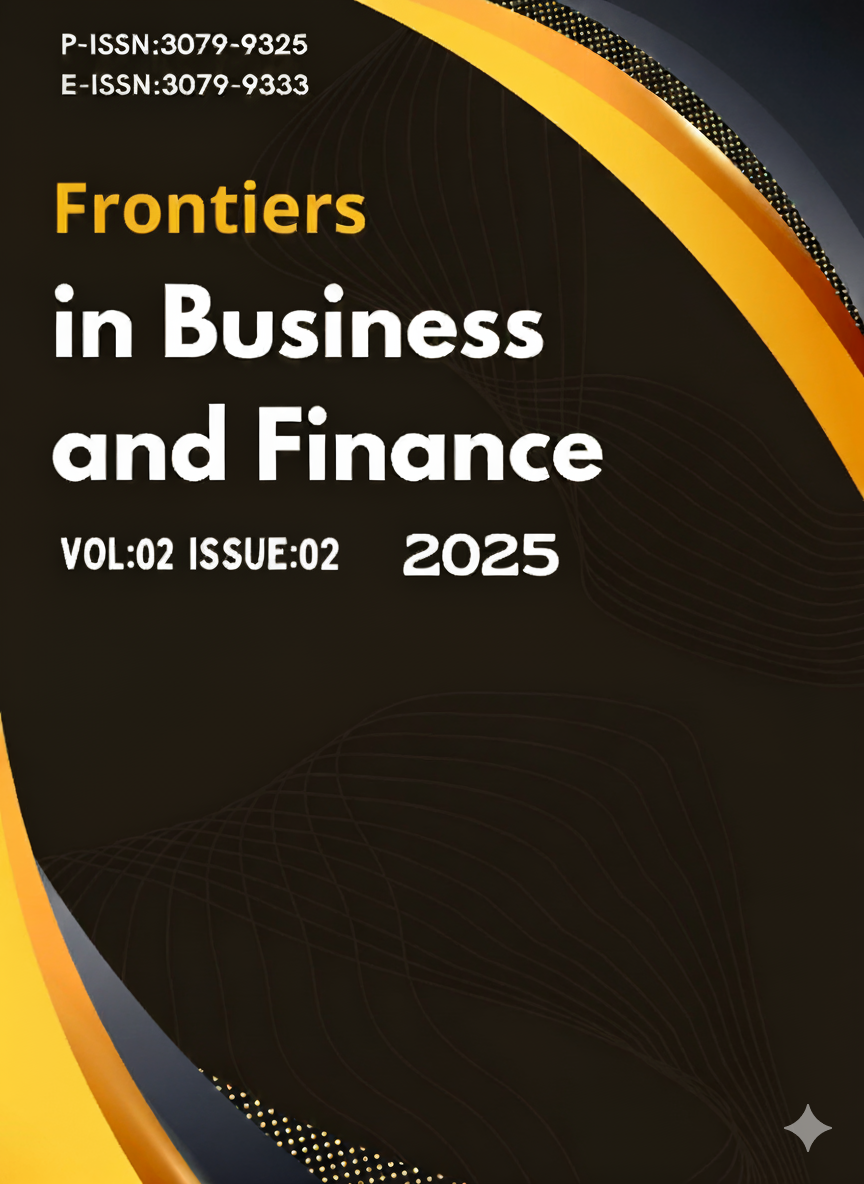The Driving Factors of China’s Foreign Trade under Macroeconomic Fluctuations: An Empirical Analysis Based on Bilateral Linkages
DOI:
https://doi.org/10.71465/fbf364Keywords:
Trade Surplus, Trade Frictions, International Capital Inflows, RMB Exchange RateAbstract
Since the launch of the reform and opening-up policy, China has steadily advanced its level of openness to the outside world, and its ties with the global economy have grown increasingly close. During this process, import and export trade has displayed the typical characteristics of market-oriented development. The country has reaped significant benefits from international trade, yet it has also faced adverse shocks from the external environment. With the deepening of global economic integration and China’s accession to the World Trade Organization, the interconnection between domestic and international markets has become stronger. This closer relationship has given rise to new conditions and contradictions, which are intertwined and exert multifaceted effects on national economic development. The specific manifestations include a persistent trade surplus, rising incidents of trade frictions, large inflows of international capital, and upward pressure on the renminbi exchange rate.
Downloads
Downloads
Published
Issue
Section
License
Copyright (c) 2025 Wanting Xu (Author)

This work is licensed under a Creative Commons Attribution-NonCommercial-NoDerivatives 4.0 International License.




